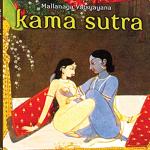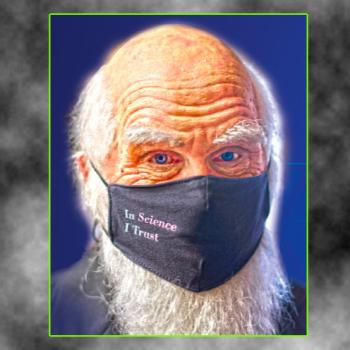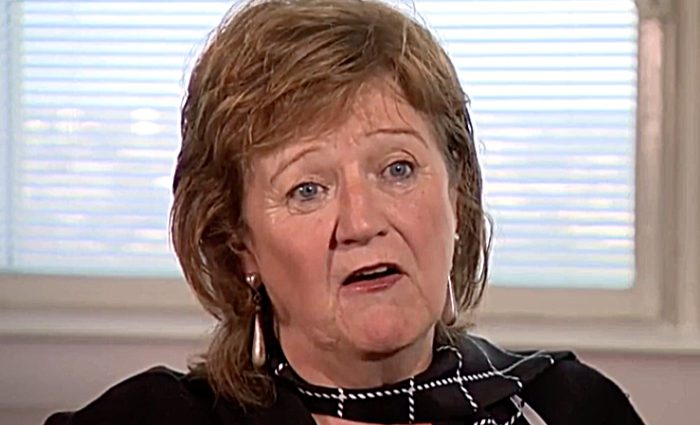
IN a horrifying report published today Professor Alexis Jay, above, chair of the Independent Inquiry into Child Sexual Abuse (IICSA) inquiry, said that “religious organisations are defined by their moral purpose of teaching right from wrong and protection of the innocent and the vulnerable.”
However, when we heard about shocking failures to prevent and respond to child sexual abuse across almost all major religions, it became clear many are operating in direct conflict with this mission.
IICSA found that between early 2015 and January 2020, of all known institutions where abuse had taken place, 11 percent (443 instances) were committed within a religious organisation or setting. Ten percent of suspects (726 people) were employed by – or somehow linked to – a religious organisation or setting.
Jay added:
Blaming the victims, fears of reputational damage and discouraging external reporting are some of the barriers victims and survivors face, as well as clear indicators of religious organisations prioritising their own reputations above all else.
For many, these barriers have been too difficult to overcome.
The findings were published after the bishop in charge of safeguarding for the Church of England said just over a year ago that much more needs to be done in order to support victims of abuse.
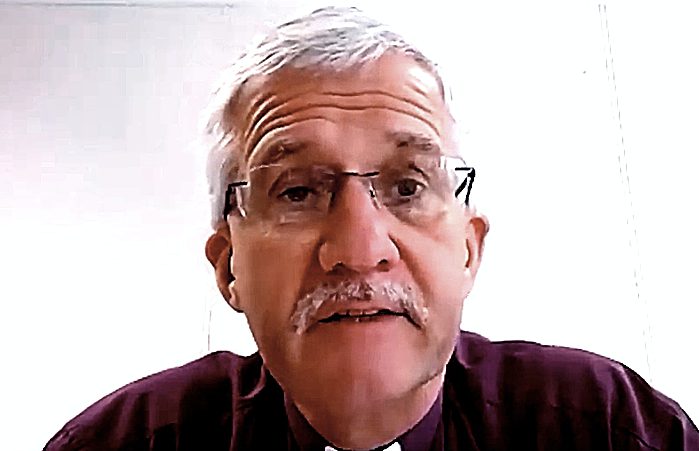
Dr Jonathan Gibbs, above, called for “root-and-branch change” a week after a collective of survivors, lawyers, academics, and members of the clergy and General Synod wrote to the chair of the Charity Commission asking her to intervene and address:
The failures of the Archbishops’ Council of the Church of England to devise a safe, consistent and fair system of redress for victims of abuse.
Responding to the letter, Gibbs, the Bishop of Huddersfield, backed the C of E’s National Safeguarding Team (NST), though he said the systems employed by the Church to handle cases of abuse must be improved.
Speaking to BBC Radio 4’s Sunday programme last August, he said:
In one sense, I welcome this letter, because it adds weight to my desire to bring about the kind of root-and-branch change that we all long for: in particular in the way in which we respond to survivors, the way in which we deal with complaints, the way in which we change the culture of the Church.
IICSA said there is likely to be “significant” under-reporting of abuse in religious environments adding:
There is no way of knowing the true scale of such abuse.
In one instance, four children were sexually abused when they were approximately nine years old whilst being taught the Koran by a teacher in a mosque. In 2017, the perpetrator was convicted and sentenced to 13 years in jail.
Another ten-year-old girl was abused by a church volunteer, but when her mother disclosed this to the police, the church minister said the abuser was “valued” and must be considered “innocent until proven guilty”. It was later discovered the abuser had been dismissed from a police force following charges of unlawful sexual intercourse with a minor.
One young boy was abused by a Sunday school activity leader during religious camps shortly after his mother died. The seven-year-old was told not to tell anyone because:
No one in the church would believe him.
Barriers to reporting abuse included victim-blaming, an absence of discussions about sex and sexuality, the discouragement of external reporting, and prioritising the organisation’s reputation above the needs of victims.
The report recommended all religious organisations have a child protection policy and support procedures. It said the government should legislate to amend the definition of full-time education to bring any setting that is the pupil’s primary place of education within the scope of a registered school.
This would provide Ofsted with sufficient powers to examine the quality of child protection when undertaking an inspection of suspected unregistered schools.
Currently, an estimated quarter of a million children in England and Wales receive “supplementary schooling” from a faith organisation.
There is also no central list or register of faith-based organisations in England and Wales, despite the Charity Commission estimating that there are over 34,000 organisations.
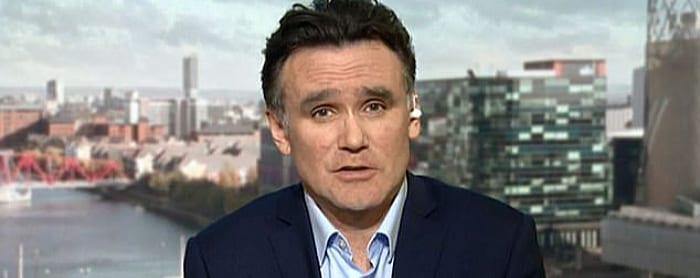
Richard Scorer, above, specialist abuse lawyer at Slater & Gordon who acts for seven victim and survivor groups in the inquiry – including those representing Jewish, South Asian and Jehovahs Witnesses’ survivors – said:
Today’s report confirms that some religious groups have catastrophically failed to protect children in their care and that many have patchy or non-existent safeguarding policies and support for victims and survivors of abuse. This is simply unacceptable.
It is clear from the report that too many religious organisations continue to prioritise the protection, reputation and authority of religious leaders above the rights of children.
The report comes as abuse victims told Sky News there was a culture within the Jehovah’s Witnesses that fails those looking for help and puts others at risk.
IICSA examined evidence from 38 religious organisations with a presence in England and Wales – including Buddhism, Hinduism, Paganism, Christianity, and new religious movements, such as Scientology, among others.
It sought evidence from individuals that represented the majority of those with religious affiliations within England and Wales, of which 59 percent of the population identifies as Christian, 25 percent of no religion, five percent Muslim, four percent other – including Judaism, Sikhism, Hinduism, and Buddhism – and seven percent not stated.
The report was based on 16 days of public hearings held during March, May and August last year.
The final report with findings from all 19 sections of the investigation, launched in 2014, will be laid before Parliament next summer.


